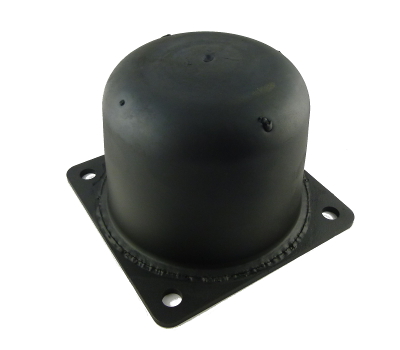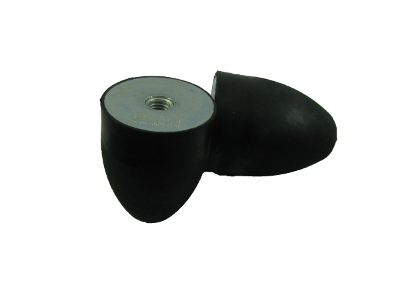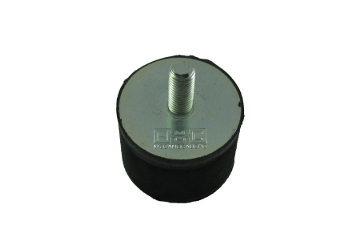Buffer – Cylindrical
The rigid buffers used as ends of stroke or to check moving parts give rise to very high stresses at the time of the impact and therefore to rapid deterioration, accompanied by an often unacceptable noise, particularly when these impacts are repeated periodically. The elastic buffers get rid of these drawbacks completely, as they are soundproofed with rubber. The single buffer is a flat surface of rubber and therefore responds immediately to impact, without over-extending the stroke of the moving organ. The progressive buffer has a conical form in the rubber, and therefore makes contact on a progressive surface, which increases with crushing. The action is more gradual and is particularly good for a considerable absorption of energy, without a prohibitive instant stress.
UNSPSC Codes: 23153130








